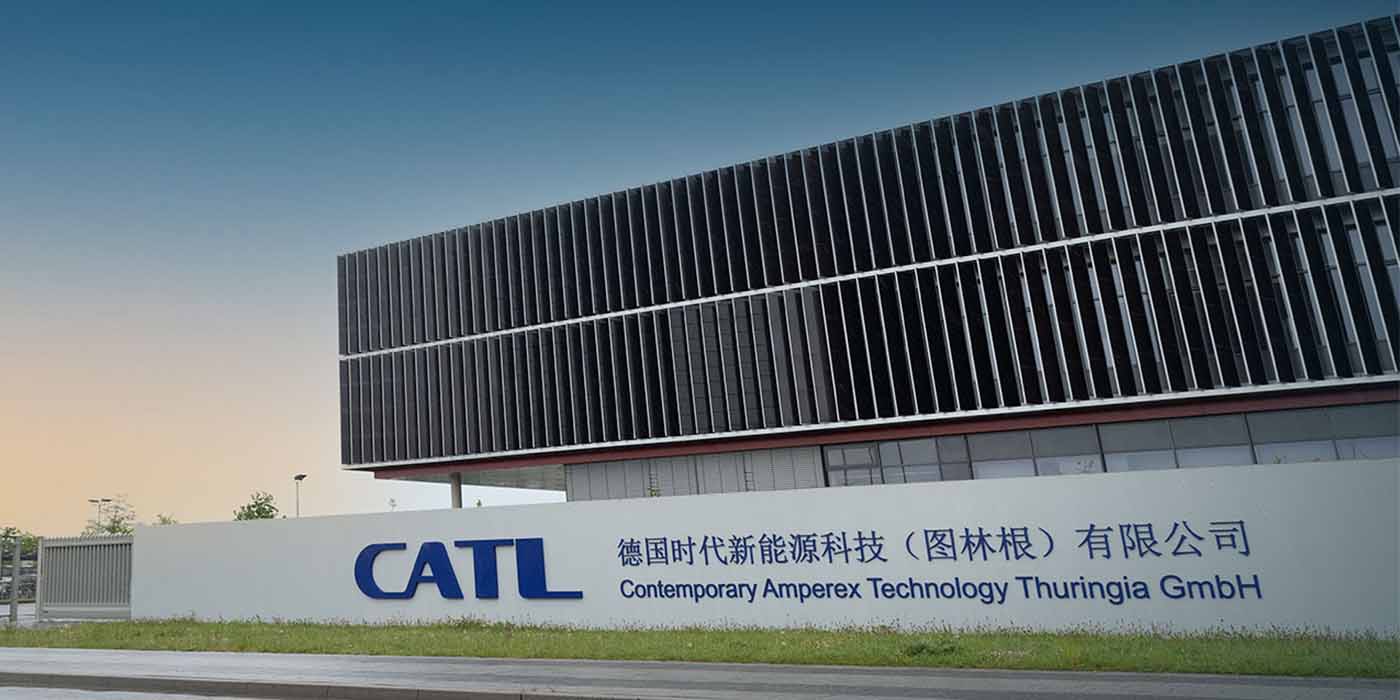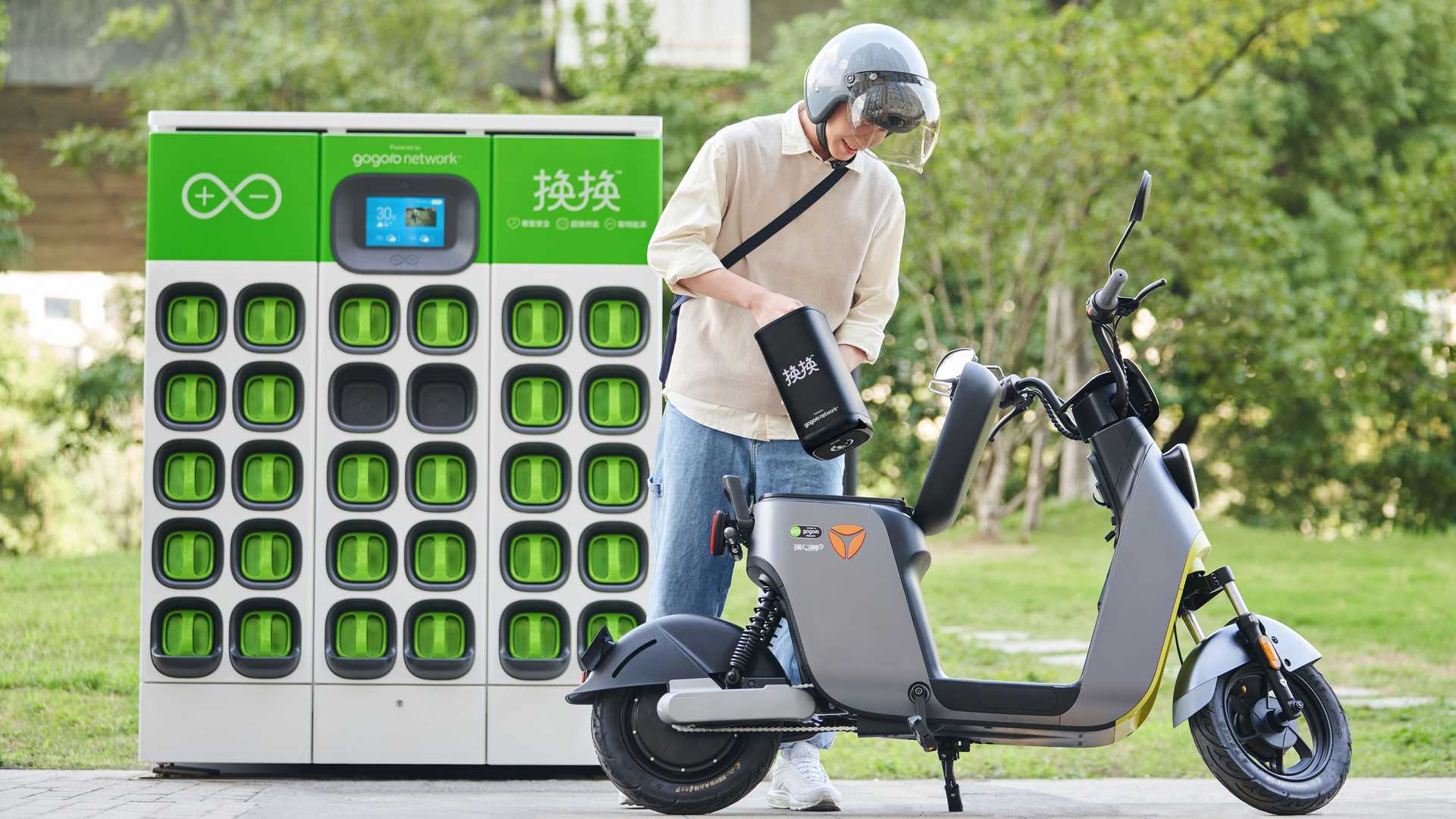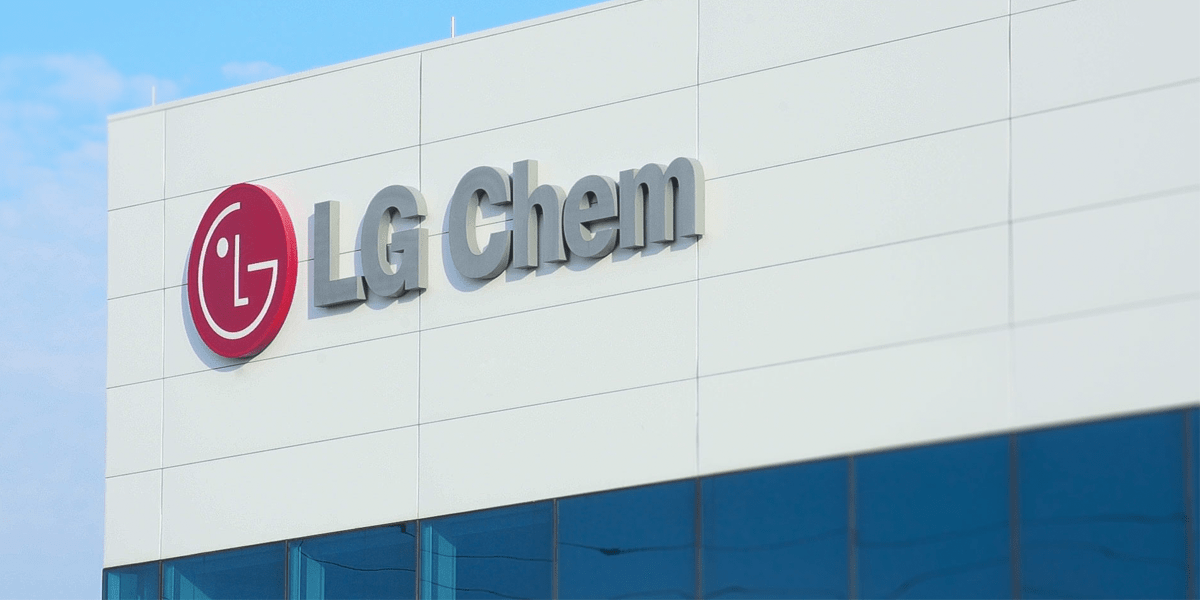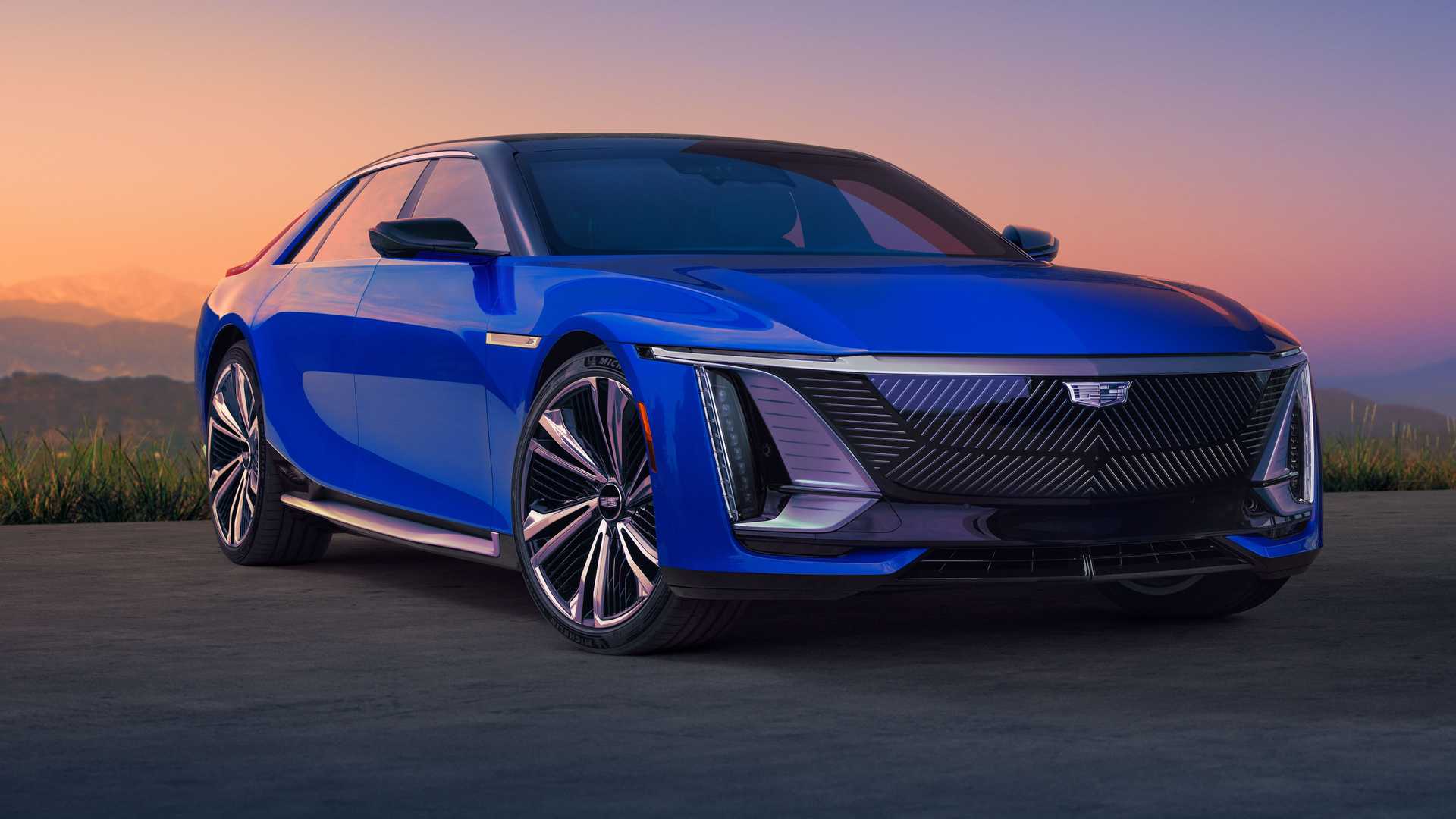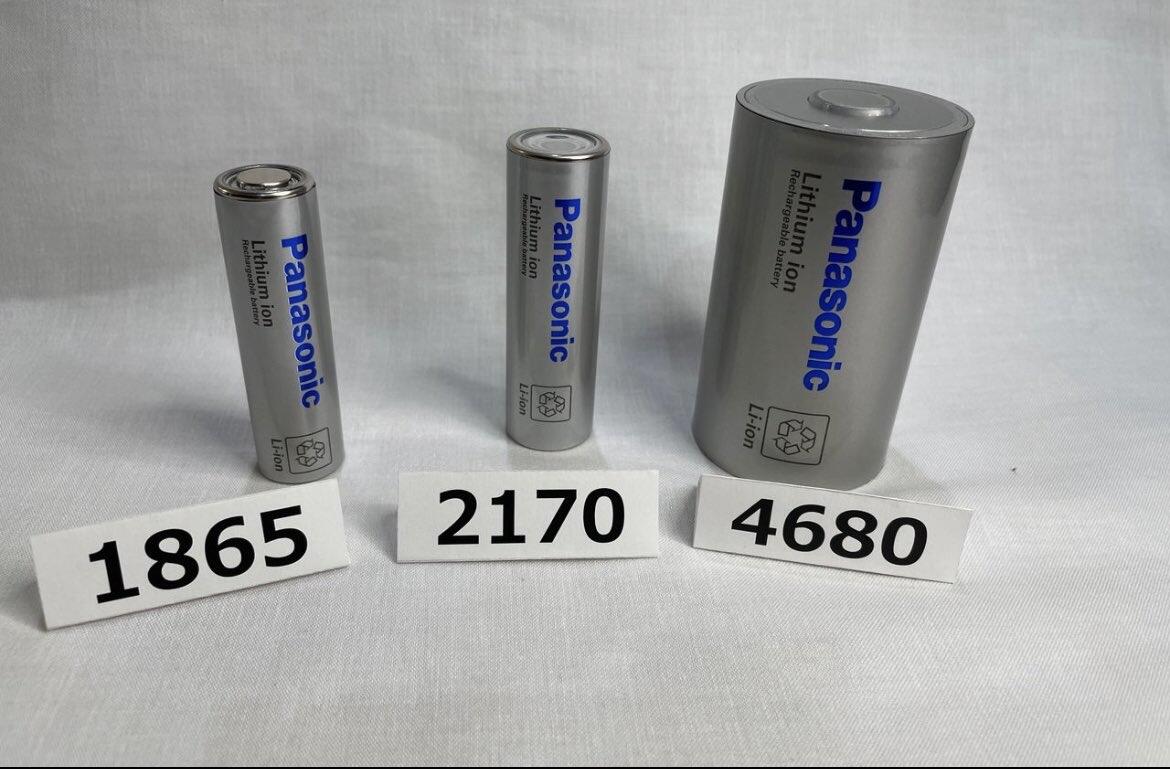CATL is poised to extend its influence in the market by introducing its successful battery recycling program to new continents beyond China. The company is currently engaged in discussions with a potential partner to establish multiple battery recycling facilities across Europe, and there are indications that a similar venture may soon be undertaken in North America.
As the largest battery manufacturer in the world, Contemporary Amperex Technology Co. Ltd., better known as CATL, has firmly established its position in the EV battery industry. Its reign was further solidified in February when it secured the largest market share for the sixth consecutive year.
See also: CATL Earns Recognition on Time’s List of 100 Most Influential Companies for Battery Innovations
CATL has consistently made headlines not only for the scale of its battery business but also for its continuous introduction of cutting-edge technologies. The company supplies advanced battery technology to major electric vehicle manufacturers globally and has successfully commenced mass production of next-generation batteries, such as its Qilin cells.
In a recent announcement, CATL revealed its ongoing development of energy-dense batteries that have the potential to power fully-electric passenger planes in the future. While many are familiar with CATL’s expertise in development and manufacturing, it remains relatively unknown that the company is already the world leader in battery recycling. CATL currently possesses the capacity to recover over 90% of lithium and more than 99% of nickel, cobalt, and manganese from used battery cells.
Having already invested billions of dollars in battery recycling facilities in China and Indonesia, CATL is now targeting expansion into other continents and is actively seeking partners for these ventures.
During a panel discussion at the World Economic Forum’s Annual Meeting of the New Champions, CATL’s chief manufacturing officer, Ni Jun, discussed the company’s plans for battery recycling, including the establishment of multiple recycling sites in Europe with a specific partner. However, Ni refrained from disclosing the identity of the potential partner or the exact number of recycling facilities that CATL intends to establish. Considering CATL’s significant investments in battery manufacturing facilities in Germany and Hungary, it seems likely that a nearby location will be chosen for the recycling facility. Ni expressed:
“We firmly believe that recycling is imperative. Otherwise, what do you do when a vehicle reaches the end of its life? It pollutes the soil, presents challenges, dangers, and even explosive risks.”
In addition to the European expansion, CATL’s chief manufacturing officer stated that the company is actively seeking partners to establish recycling sites in North America. He emphasized that CATL is seeking global collaborations to aggressively capture an even larger share of the global market.
CATL’s expansion plans for Europe and North America clearly indicate its unwavering commitment to maintaining its position as the global leader in battery manufacturing, while also solidifying its reputation as a frontrunner in battery recycling.

